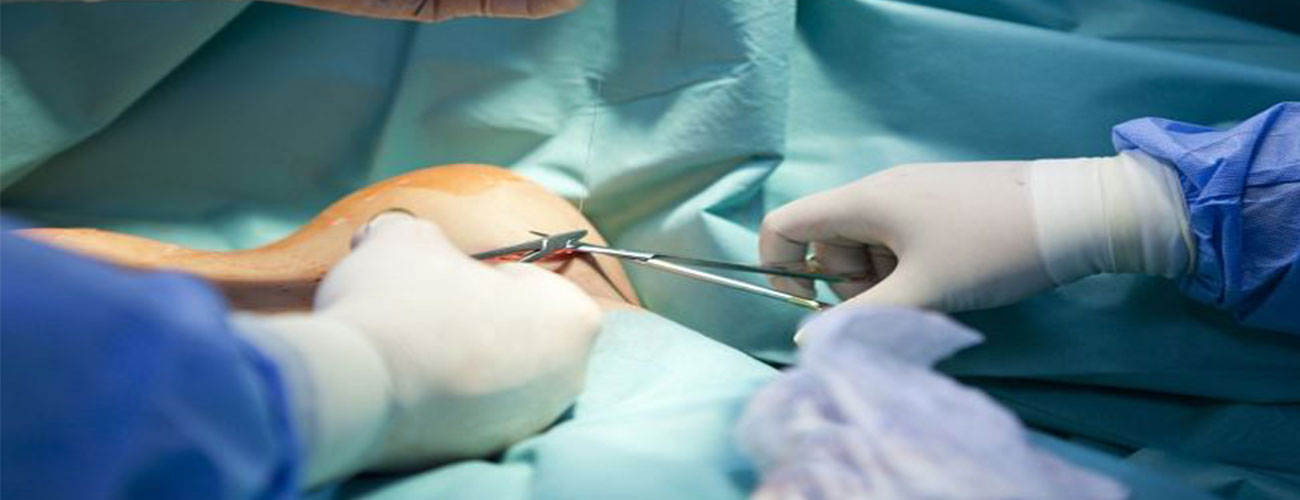
Some of the main types of mastectomy include:
standard mastectomy – all the breast tissue and most of the skin covering is removed
skin-sparing mastectomy – all of the breast tissue is removed, including the nipple, but most of the skin covering the breast is left
subcutaneous mastectomy – a skin-sparing mastectomy where the nipple isn't removed
radical mastectomy –all of the breast tissue is removed, plus the skin covering it, the two muscles behind the breast and the lymph nodes in the armpit; this procedure is now rarely carried out
modified radical mastectomy – a radical mastectomy, where the large muscle behind the breast (the larger of the two pectoral muscles) is left in place
Removing the breast tissue
All mastectomies are carried out under general anaesthetic, which means you'll be asleep during the operation and won't feel any pain or discomfort. However, you will feel sore when you wake up after the operation, which usually takes between one and two hours.
During the operation, a diagonal or horizontal cut is made across your breast so the breast tissue can be removed. The amount of skin removed will depend on the type of mastectomy you're having. The surgeon will usually leave one or two drainage tubes in place to stop fluid building up in the breast space.
Lymph nodes
In some cases, surgery may be carried out on the lymph nodes at the same time as the mastectomy. Lymph nodes are small, oval-shaped tissues that remove unwanted bacteria and particles from the body. They're part of the immune system (the body's natural defence against infection and illness).
It's possible for breast cancer to spread to the lymph nodes under your arm. If this is the case, most or all of your lymph nodes may be removed at the same time as your mastectomy.
It's standard practice for all removed tissue to be sent to a laboratory to be examined. Your surgeon will explain the reasons for this before your operation, as well as any further treatment you may need if your lymph nodes are affected.
Once the procedure is complete, stitches will be used to close the wound.
Breast reconstruction
Breast reconstruction is surgery to make a new breast to replace the tissue removed during a mastectomy. The new breast can be created using:
a silicone implant
tissue from another part of your body, such as your abdomen (tummy) or back
a combination of both
The aim is to create a shape that matches the removed breast or breasts.
Breast reconstruction can often be carried out at the same time as a mastectomy, or it can be performed at a later date. Some people decide not to have breast reconstruction at all. It's your decision and your specialist will discuss the options with you.
Lipomodelling
Lipomodelling is a procedure recommended by the National Institute for Health and Care Excellence (NICE). It uses a person's own fat cells after breast reconstruction or breast-conserving surgery. The aim is to restore the size and shape of the breast.
Fat is collected using a needle and syringe, usually from the abdomen, outer thigh or from the side of the body. The fat cells are separated and cleaned before being injected into the breast. Several treatment sessions are usually needed.
Following lipomodelling, some of the repositioned fat is often re-absorbed during the first six months. There's also some concern that it may make mammogram images more difficult to interpret in the future.
Lipomodelling is a safe and, in many cases, effective procedure. Out of 820 people who had the procedure after mastectomy and breast reconstruction, just 34 people (4%) reported long-term breast asymmetry (unequal breast size and shape).
Endoscopic mastectomy
Endoscopic mastectomy is surgery to remove the breast using a small cut in the armpit or around the edge of the nipple. An endoscope (a long, thin, flexible tube with a light and camera at one end) is used, along with special tools to remove the breast tissue.
This type of surgery isn't routinely used, because there's not enough evidence to confirm its safety and effectiveness. Endoscopic mastectomies may be carried out as part of medical research (clinical trials), but only in units that specialise in breast cancer management and by surgeons trained in both breast cancer surgery and endoscopy.
Submit Comment